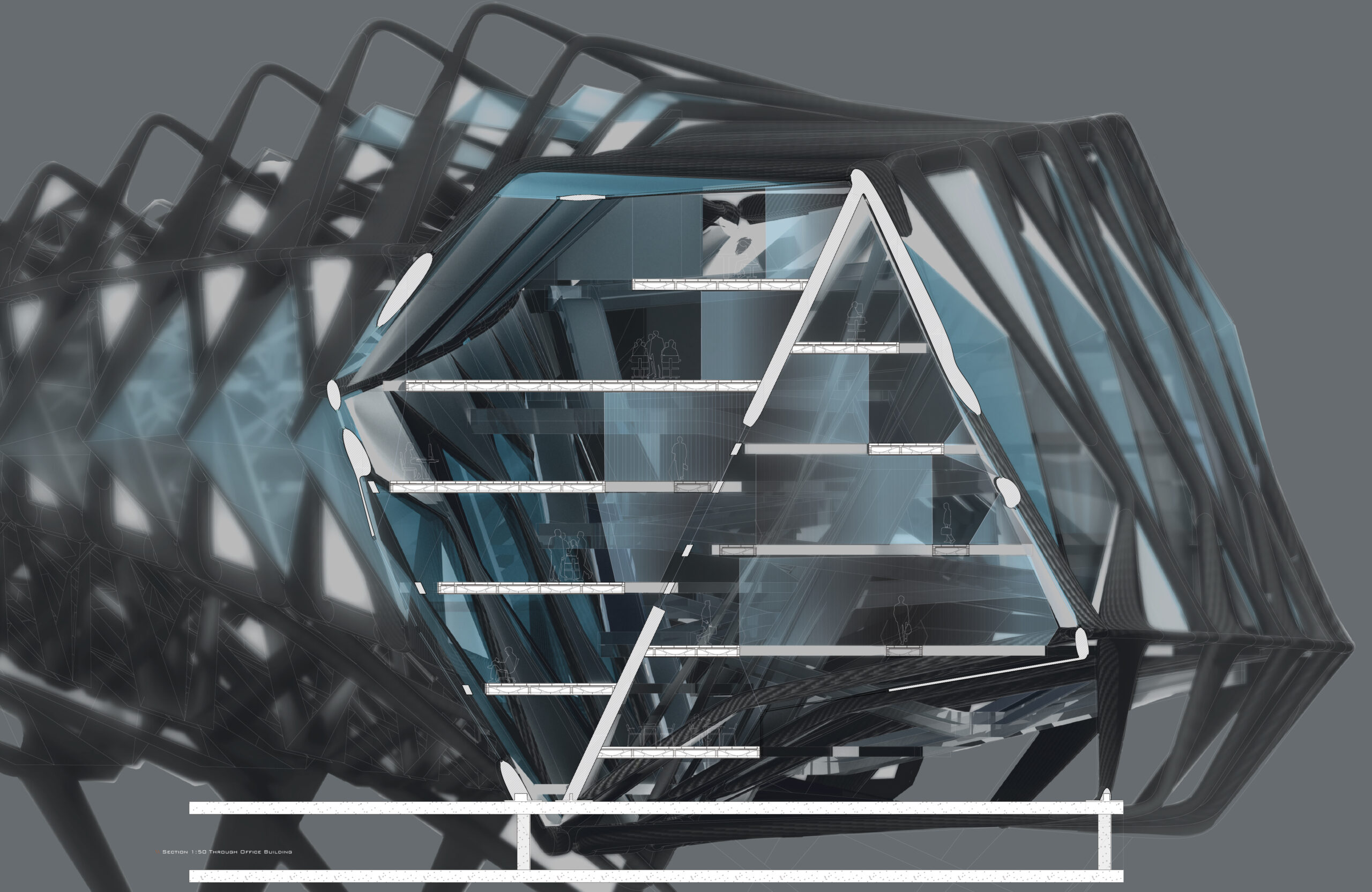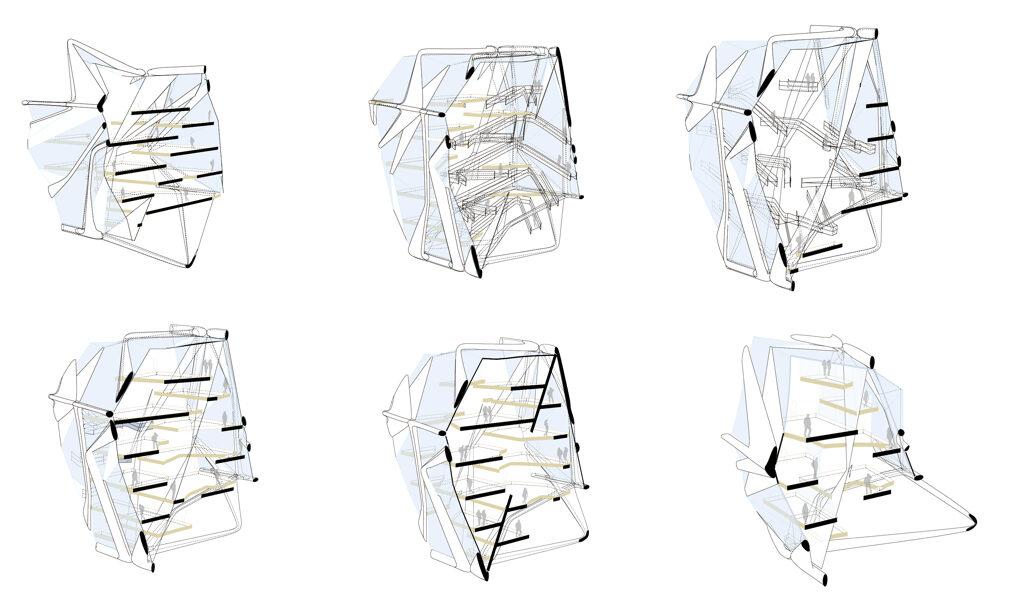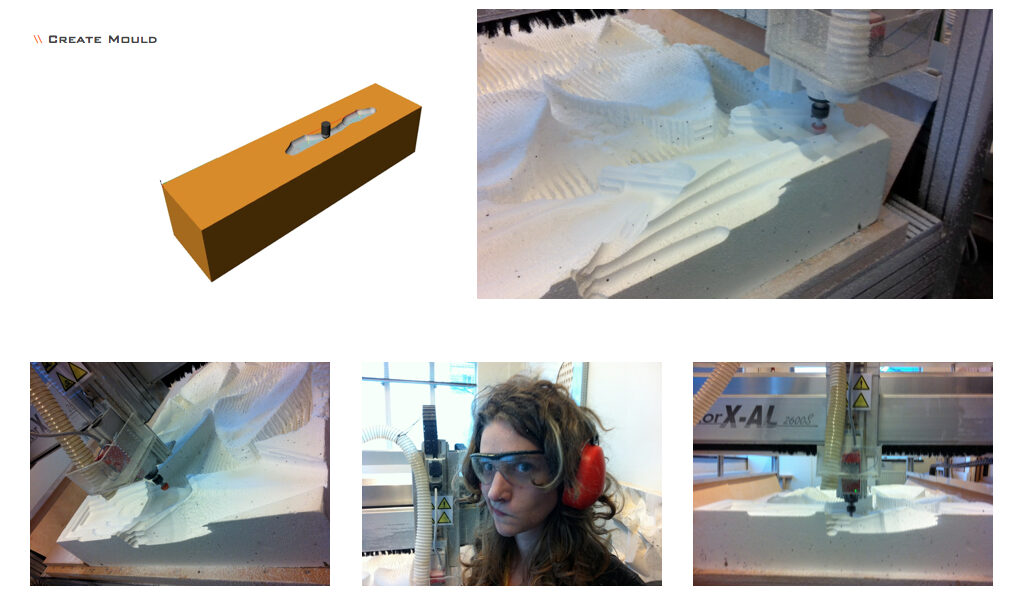Almere Pampus 2030
2012 Amsterdam Digital Fabrication Parametric DesignComputational environments have delivered many new opportunities to architects, even though architecture has been based on a standardized design and production process the fascination and discussion of differentiation have risen even while large-scale homogeneous environments are being promoted. Understanding the limitations in contemporary architectural design and production, requires us to explore other possibilities through which richer, more varied and more meaningful complex out- comes are possible. A great deal of interest lies in this case in computational ecologies where multiple systems work together at different scales. With parametric modeling, performance and form are now designed simultaneously. Technology allows architects today to both build and analyze the work in virtual form before it is even built.
There are a number of ambitions that have been set for the Randstad area. It is to become a highly competitive economic region not only within the Netherlands but within Europe. This inevitably means that further expansion and development of the area is in-stall. To very basically explain it extra room is
This thesis develops a design for a transfer interchange hub for a newly developed master plan of a Dutch city (Almere Pampus 2030). The design is done using new computational techniques which include the elaboration of a swarm multi-agent system optimisation which can simulate the flow of people through space and gives clear design guidelines. In order to set up such a simulation, C# scripting is used. The code is oriented on a data model where the agents forming the system are guided by their preference for values representing the amount of water, sunlight and transportation in the area, depending on the functions they represent. Grasshopper-kangaroo scripting is also used in a visual programming environment to define the architectural composition and quality of the building. The result is not only a design proposal but an innovative way of looking at the design process and fabrication using computer-guided systems and new materials such as carbon fibre construction which are investigated through physical prototyping using CNC milling, and Resin Transfer Moulding.
Credits
Master thesis
Mariana Popescu
Mentors
Kas Oosterhuis, Henriette Bier, Nimish Bilhoria, Martin Sobotta




